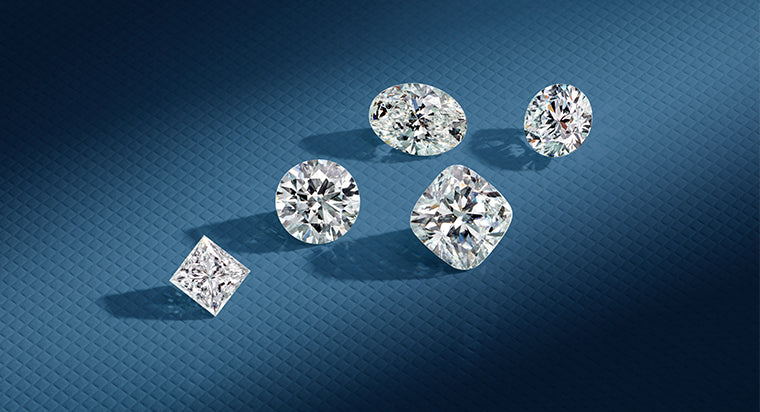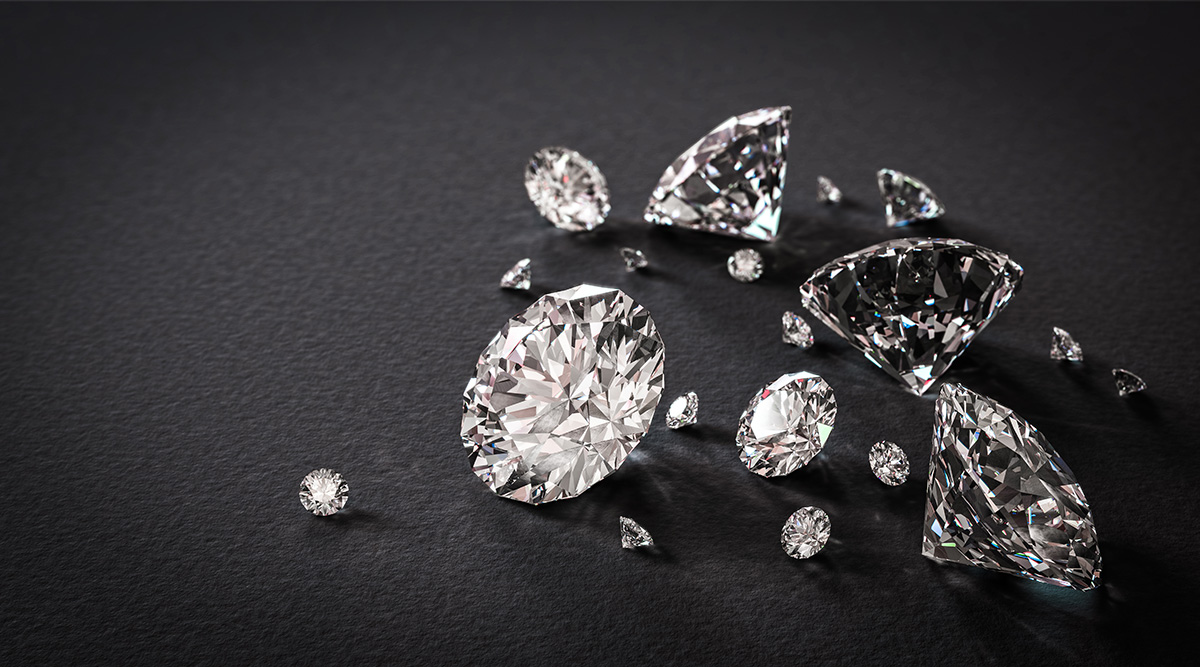Lab diamonds, also known as lab-grown diamonds, have become an increasingly popular choice among consumers due to their ethical sourcing, environmental benefits, and similar physical properties to mined diamonds. One key factor to consider when purchasing lab diamonds is the cut grading. The cut of a diamond greatly influences its appearance, sparkle, and overall value. Understanding lab diamonds cut grading is essential for making an informed purchase. In this article, we will explore the significance of cut grading, how it is determined, and why it matters when buying lab-grown diamonds.
What is Lab Diamonds Cut Grading?
Lab diamonds cut grading refers to the evaluation of how well a diamond has been shaped and faceted. Unlike other factors, such as carat weight or color, the cut of a diamond is the only characteristic that is determined by human craftsmanship. A well-cut diamond reflects light in a way that maximizes its brilliance, while a poorly cut diamond may appear dull or lifeless. Lab diamonds are graded on the same scale as natural diamonds, using the standard grading system established by the Gemological Institute of America (GIA). This grading scale evaluates the diamond’s proportions, symmetry, and polish, which collectively influence its overall cut grade.
The cut of a diamond is perhaps the most important aspect of its appearance because it directly affects how the diamond interacts with light. A well-cut lab diamond will reflect light in a way that enhances its beauty and brilliance, whereas a poorly cut diamond may not showcase its full potential. Understanding the different cut grades will help you select a lab-grown diamond that meets your desired aesthetic and value.
The Importance of Cut in Lab Diamonds
When it comes to lab diamonds, the cut is the factor that determines how much sparkle and brilliance the diamond will exhibit. The better the cut, the more light the diamond can reflect, creating a stunning visual effect. A high-quality cut enhances the diamond’s natural beauty, making it more desirable and valuable. Conversely, a diamond with a poor cut may appear lifeless, even if its other characteristics—such as carat weight and color—are exceptional.
Lab diamonds are created under controlled conditions that mimic the natural diamond-growing process, but their cut is still an essential aspect to evaluate. A diamond with an excellent cut grade will look radiant and vibrant, which is why many buyers prioritize the cut when selecting a lab diamond. Whether you are choosing a lab-grown diamond for an engagement ring, necklace, or other jewelry, the cut grading will help ensure that the diamond you select delivers maximum brilliance and visual appeal.
The GIA Cut Grading Scale for Lab Diamonds
The Gemological Institute of America (GIA) provides an internationally recognized grading system for diamonds, including lab-grown diamonds. The GIA’s cut grading scale ranges from Excellent to Poor, and each grade is based on specific criteria such as the diamond’s proportions, symmetry, and polish.
Excellent: An Excellent cut is the highest grade and reflects light in the most brilliant way. Diamonds with this cut are perfectly proportioned, exhibit excellent symmetry, and are polished to perfection. They offer the most sparkle and brilliance.
Very Good: A Very Good cut also displays great brilliance, though it may have minor differences in symmetry or proportions compared to an Excellent cut. These diamonds still perform well in terms of light reflection, making them a popular choice for consumers.
Good: Good cut diamonds offer acceptable brilliance and sparkle, though they may show noticeable flaws in symmetry or proportions. These diamonds may not have the same level of visual appeal as higher-cut diamonds, but they are often a more affordable option.
Fair: A Fair cut grade indicates a diamond with noticeable issues in its proportions, symmetry, or polish. These diamonds may not reflect light efficiently and can appear dull or lifeless. While these diamonds are the least expensive, they are often not recommended for buyers seeking high-quality lab diamonds.
Poor: Poor-cut diamonds are the least desirable. They have significant issues with symmetry, proportions, and overall polish, resulting in a dull and unattractive appearance. These diamonds should generally be avoided, as they do not showcase the best qualities of lab created diamonds.
The GIA grading system allows buyers to assess the overall quality of the diamond’s cut, ensuring that they select a lab-grown diamond that meets their preferences for brilliance, sparkle, and visual appeal.
How Does the Cut Affect the Price of Lab Diamonds?
The cut of a lab-grown diamond has a direct impact on its price. Diamonds with higher cut grades, such as Excellent or Very Good, will generally cost more than diamonds with lower cut grades. This is because a well-cut diamond requires more precise craftsmanship and attention to detail, which adds to the overall cost of production.
While the carat weight, color, and clarity of a diamond also play significant roles in determining its price, the cut grade can have an even greater impact on its overall value. Lab diamonds with exceptional cuts tend to hold their value better and may have a higher resale value, as they are considered more visually appealing and of higher quality.
It’s important to remember that, when purchasing a lab diamond, you are not only paying for the diamond’s physical characteristics but also for the craftsmanship and expertise required to create the perfect cut. Buyers should consider how much they are willing to invest in the diamond’s cut, as it will directly influence both the appearance and cost of the diamond.
Discover the finest collection of diamonds and exquisite jewelry at novitadiamonds.co.nz. Whether you’re searching for an engagement ring or a special gift, our elegant designs and superior quality will exceed your expectations. Visit us now and explore our exclusive range. Click here to see more and find the perfect piece today!
How to Choose the Right Cut for Your Lab Diamond
Choosing the right cut for your lab diamond depends on your personal preferences, budget, and intended use for the diamond. While some buyers may prioritize size or color, others may focus more on achieving the perfect sparkle and brilliance. If you value visual appeal and want a diamond that radiates light, opting for an Excellent or Very Good cut grade is a wise choice. These diamonds will showcase their beauty and provide the most brilliant effect.
On the other hand, if your budget is more limited, selecting a Good or Fair cut can help lower the overall cost of the diamond. Keep in mind, however, that these diamonds may not offer the same level of brilliance and may not be as visually captivating as higher-cut diamonds.
When purchasing a lab diamond, it is also essential to consider the specific style of jewelry in which the diamond will be set. Certain diamond cuts, such as round brilliant cuts, are known for their exceptional sparkle and brilliance, making them ideal for engagement rings and other high-visibility jewelry. Other cuts, like princess or emerald cuts, may offer a different visual effect and can be more suited to personal taste or particular settings.
Conclusion
Lab diamonds cut grading plays a crucial role in determining the overall appearance, value, and brilliance of a diamond. The cut affects how light interacts with the diamond, influencing its sparkle and visual appeal. By understanding the GIA cut grading scale, buyers can make more informed decisions when purchasing a lab-grown diamond. Whether you are looking for a diamond with maximum brilliance or a more affordable option, the cut grading will help you choose a diamond that suits your needs and preferences. As lab diamonds continue to grow in popularity, understanding cut grading will ensure that you make the best possible investment in your jewelry.




